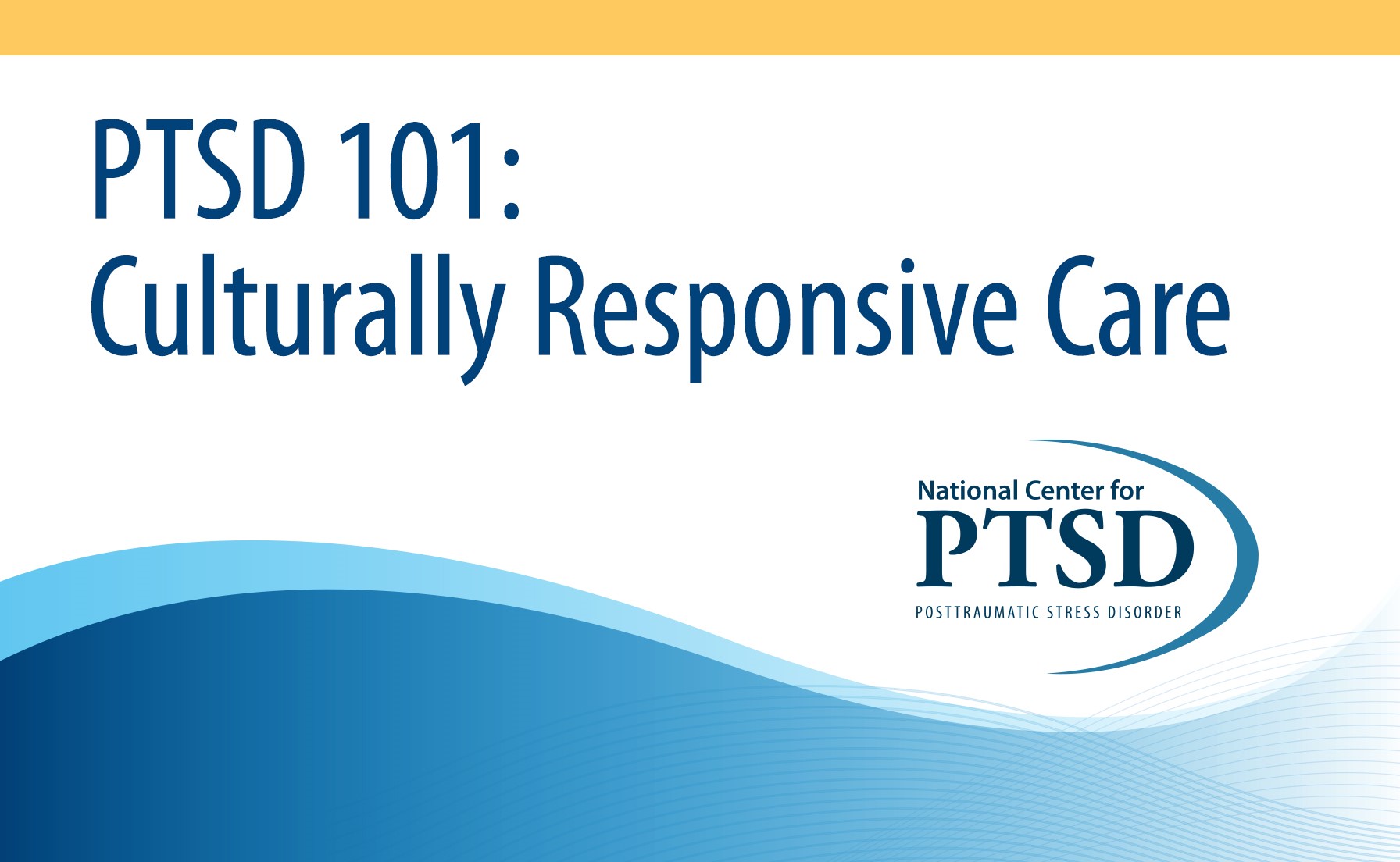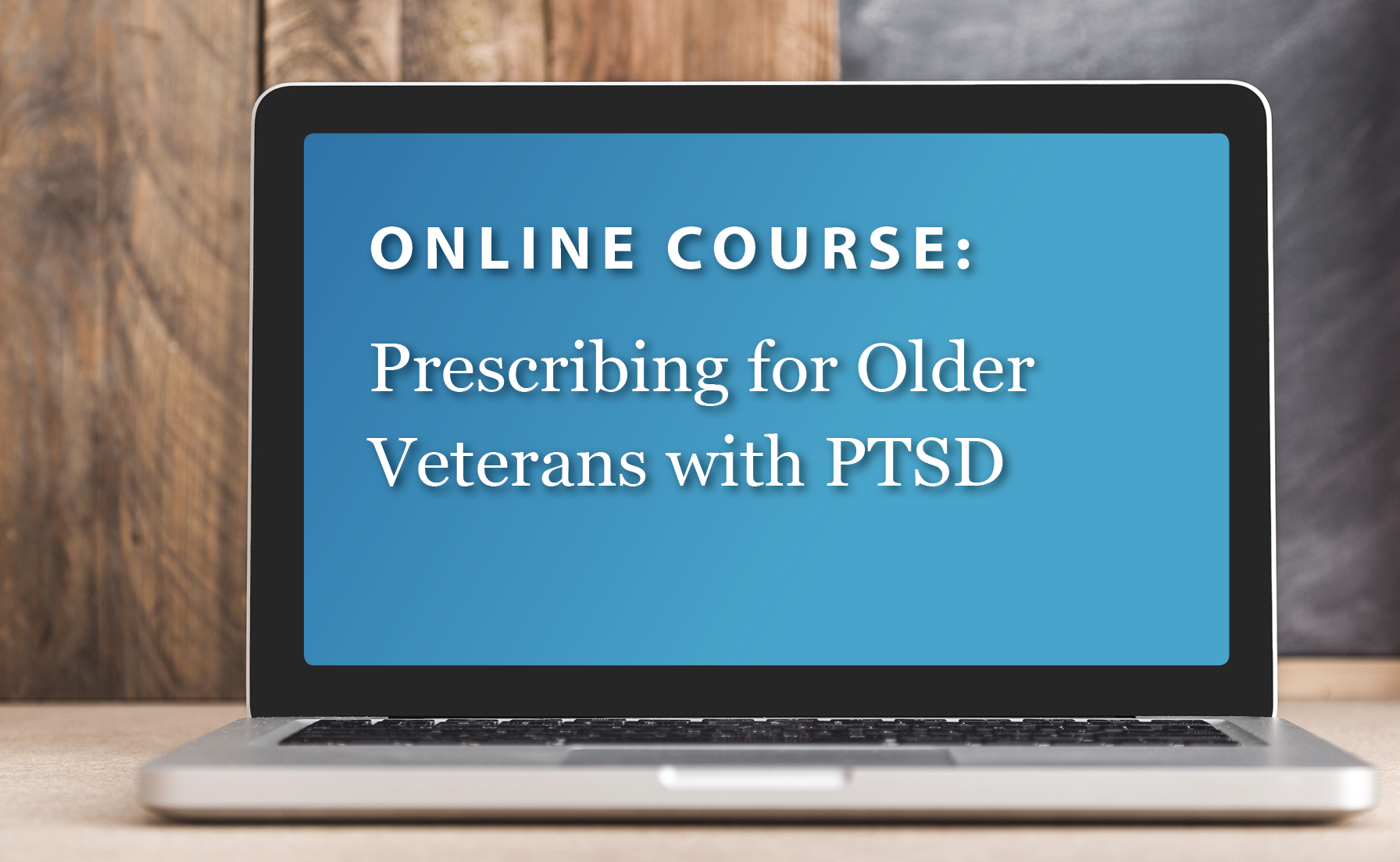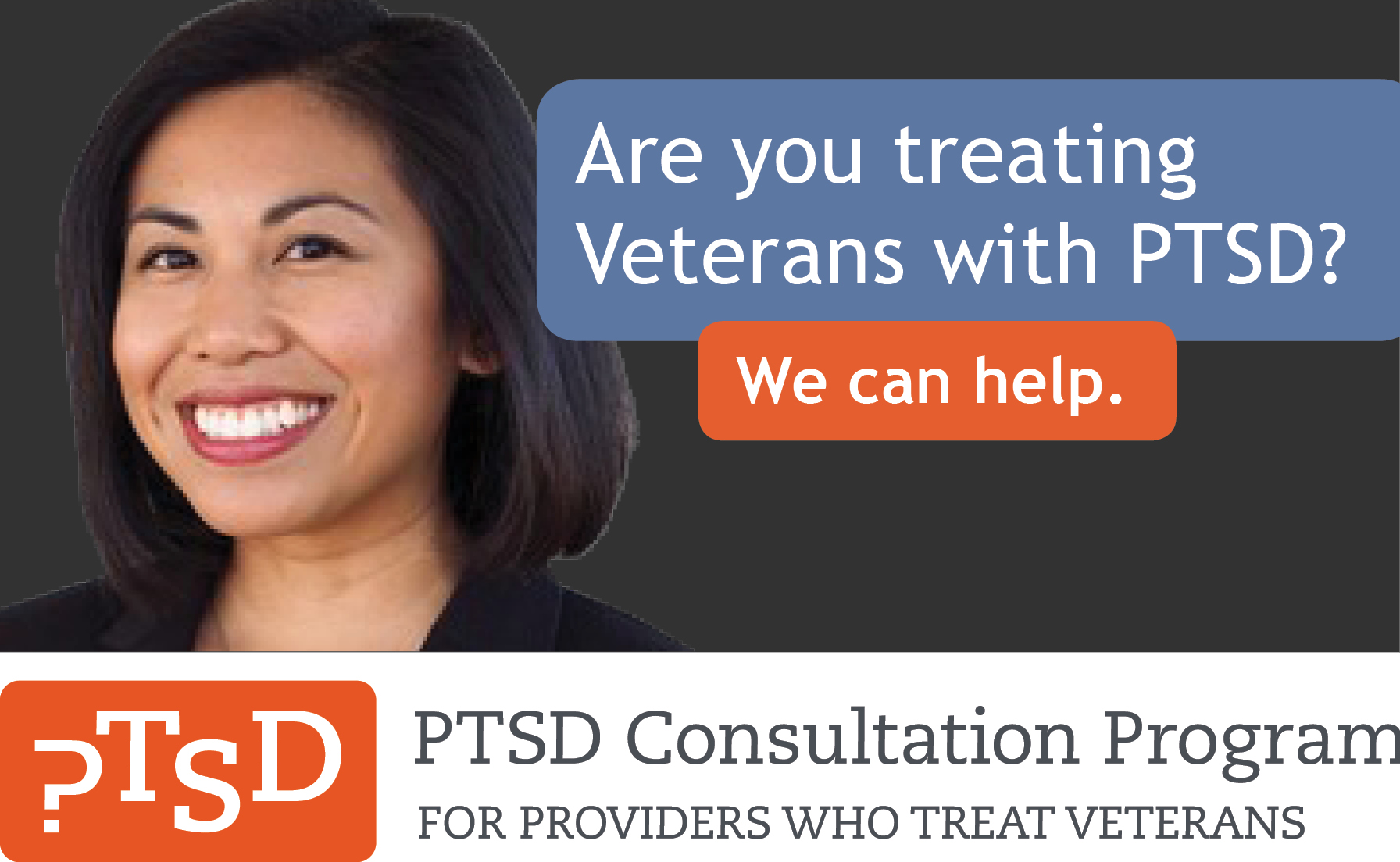PTSD in Children and Adolescents
PTSD in Children and Adolescents
This article provides information regarding what events cause PTSD in children, how many children develop PTSD, risk factors associated with PTSD, what PTSD looks like in children, other effects of trauma on children, and treatments for PTSD.
What events cause PTSD in children?
Any life threatening event or event that threatens physical harm can cause PTSD. These events may include:
- sexual abuse or violence (does not require threat of harm)
- physical abuse
- natural or man made disasters, such as fires, hurricanes, or floods
- violent crimes such as kidnapping or school shootings
- motor vehicle accidents such as automobile and plane crashes
PTSD can also occur after witnessing violence. These events may include exposure to:
- community violence
- domestic violence
- war
Finally, in some cases learning about these events happening to someone close to you can cause PTSD.
In This Article
How many children and adolescents experience traumatic events?
The best information on very young children comes from annual statistics from the Department of Health and Human Services on child abuse. These rates underestimate traumatic exposure given that they address abuse only and not other types of traumatic events. Also, they underestimate abuse because not all abuse is reported.
In 2011, child protective services in the United States received 3.4 million referrals, representing 6.2 million children. Of those cases referred, about 19% were substantiated and occurred in the following frequencies (1).
- more than 75 percent (78.5%) suffered neglect
- more than 15 percent (17.6%) suffered physical abuse
- less than 10 percent (9.1%) suffered sexual abuse
In older children there have been several national studies. The National Survey of Children's Exposure to Violence reports on 1 year and lifetime prevalence of childhood victimization in a nationally representative sample of 4549 children aged 0-17.2 More than half (60.6%) of the sample experienced or witnessed victimization in the past year. Specifically in the past year:
- almost half (46.3%) experienced physical assault
- 1 in 10 (10.2%) experienced child maltreatment
- fewer than 1 in 10 (6.1%) had experienced sexual victimization
- more than 1 in 4 (25.3%) had witnessed domestic or community
As children age there is more opportunity for exposure, thus lifetime exposure was one third to one half higher than past year exposure. As an example, among 14-17 year old girls, 18.7 have experienced a completed or attempted sexual assault in their lifetime and more than a third had witnessed parental assault (2).
A second national study asked 4,023 adolescents aged 12-17 if they had ever experienced sexual or physical assault or witnessed violence (3). Almost half (47%) had experienced one of these types of traumas. Specifically in their lifetime:
- 8% experienced sexual assault
- 22% experienced physical assault
- 39% witnessed violence
How many children develop PTSD?
The National Comorbidity Survey Replication- Adolescent Supplement is a nationally representative sample of over 10,000 adolescents aged 13-18. Results indicate that 5% of adolescents have met criteria for PTSD in their lifetime. Prevalence is higher for girls than boys (8.0% vs. 2.3%) and increase with age (4). Current rates (in the past month) are 3.9% overall (5). There are no definitive studies on prevalence rates of PTSD in younger children in the general population.
What are the risk factors for PTSD?
Both the type of event and the intensity of exposure impact the degree to which an event results in PTSD. For example, in one study of a fatal sniper attack that occurred at an elementary school proximity to the shooting was directly related to the percentage of children who developed PTSD. Of those children who directly witnessed the shooting on the playground, 77% had moderate to severe PTSD symptoms, whereas 67% of those in the school building at the time and only 26% of the children who had gone home for the day had moderate or severe symptoms (6).
In addition to exposure variables, other risk factors include:
- being female
- previous trauma exposure
- preexisiting psychiatric disorders
- parental psychopathology
- low social support
Parents have been shown to have protective factors (practice parameters). Both parental support and lower levels of parental PTSD have been found to predict lower levels of PTSD in children.
There is less clarity in the findings connecting PTSD with ethnicity and age. While some studies find that minorities report higher levels of PTSD symptoms, researchers have shown that this is due to other factors such as differences in levels of exposure. It is not clear how a child's age at the time of exposure to a traumatic event affects the occurrence or severity of PTSD. While some studies find a relationship, others do not. Differences that do occur may be due to differences in the way PTSD is expressed in children and adolescents of different ages or developmental levels.
What does PTSD look like in children?
As in adults, PTSD in children and adolescence requires the presence of re-experiencing, avoidance and numbing, and arousal symptoms. However, researchers and clinicians are beginning to recognize that PTSD may not present itself in children the same way it does in adults. Criteria for PTSD include age-specific features for some symptoms.
Elementary school-aged children
Clinical reports suggest that elementary school-aged children may not experience visual flashbacks or amnesia for aspects of the trauma. However, they do experience "time skew" and "omen formation," which are not typically seen in adults.
Time skew refers to a child mis-sequencing trauma-related events when recalling the memory. Omen formation is a belief that there were warning signs that predicted the trauma. As a result, children often believe that if they are alert enough, they will recognize warning signs and avoid future traumas.
School-aged children also reportedly exhibit posttraumatic play or reenactment of the trauma in play, drawings, or verbalizations. Posttraumatic play is different from reenactment in that posttraumatic play is a literal representation of the trauma, involves compulsively repeating some aspect of the trauma, and does not tend to relieve anxiety.
An example of posttraumatic play is an increase in shooting games after exposure to a school shooting. Posttraumatic reenactment, on the other hand, is more flexible and involves behaviorally recreating aspects of the trauma (e.g., carrying a weapon after exposure to violence).
Adolescents and Teens
PTSD in adolescents may begin to more closely resemble PTSD in adults. However, there are a few features that have been shown to differ. As discussed above, children may engage in traumatic play following a trauma. Adolescents are more likely to engage in traumatic reenactment, in which they incorporate aspects of the trauma into their daily lives. In addition, adolescents are more likely than younger children or adults to exhibit impulsive and aggressive behaviors.
Besides PTSD, what are the other effects of trauma on children?
Besides PTSD, children and adolescents who have experienced traumatic events often exhibit other types of problems. Perhaps the best information available on the effects of traumas on children comes from a review of the literature on the effects of child sexual abuse.
In this review, it was shown that sexually abused children often have problems with fear, anxiety, depression, anger and hostility, aggression, sexually inappropriate behavior, self-destructive behavior, feelings of isolation and stigma, poor self-esteem, difficulty in trusting others, substance abuse, and sexual maladjustment (7).
These problems are often seen in children and adolescents who have experienced other types of traumas as well. Children who have experienced traumas also often have relationship problems with peers and family members, problems with acting out, and problems with school performance (8).
Along with associated symptoms, there are a number of psychiatric disorders that are commonly found in children and adolescents who have been traumatized. One commonly co-occurring disorder is major depression. Other disorders include substance abuse; anxiety disorders such as separation anxiety, panic disorder, and generalized anxiety disorder; and externalizing disorders such as attention-deficit/hyperactivitiy disorder, oppositional defiant disorder, and conduct disorder (8).
How is PTSD treated in children and adolescents?
Although some children show a natural remission in PTSD symptoms over a period of a few months, a significant number of children continue to exhibit symptoms for years if untreated. Trauma Focused psychotherapies have the most empirical support for children and adolescents (8,9).
Cognitive-Behavioral Therapy (CBT)
Research studies show that CBT is the most effective approach for treating children. The treatment with the best empirical evidence is Trauma-Focused CBT (TF-CBT). TF-CBT generally includes the child directly discussing the traumatic event (exposure), anxiety management techniques such as relaxation and assertiveness training, and correction of inaccurate or distorted trauma related thoughts.
Although there is some controversy regarding exposing children to the events that scare them, exposure-based treatments seem to be most relevant when memories or reminders of the trauma distress the child. Children can be exposed gradually and taught relaxation so that they can learn to relax while recalling their experiences. Through this procedure, they learn that they do not have to be afraid of their memories.
CBT also involves challenging children's false beliefs such as, "the world is totally unsafe." The majority of studies have found that it is safe and effective to use CBT for children with PTSD.
CBT is often accompanied by psycho-education and parental involvement. Psycho-education is education about PTSD symptoms and their effects. It is as important for parents and caregivers to understand the effects of PTSD as it is for children. Research shows that the better parents cope with the trauma, and the more they support their children, the better their children will function. Therefore, it is important for parents to seek treatment for themselves in order to develop the necessary coping skills that will help their children.
Play therapy
Play therapy can be used to treat young children with PTSD who are not able to deal with the trauma more directly. The therapist uses games, drawings, and other techniques to help the children process their traumatic memories.
Psychological First Aid
Psychological First Aid has been used for school-aged children and adolescents exposed to disasters and community violence and can be used in schools and traditional settings. Psychological First Aid involves providing comfort and support, normalizing the children's reactions, helping caregivers deal with changes in the child's emotions and behavior, teaching calming and problem-solving skills, and referring the most symptomatic children for additional treatment. Learn more about Psychological First Aid.
Eye Movement Desensitization and Reprocessing (EMDR)
Another therapy, EMDR, combines cognitive therapy with directed eye movements. While EMDR has been shown to be effective in treating adults, research with children is not as strong. Studies indicate that it is the cognitive component rather than the eye movements that accounts for the change.
Medications
Selective serotonin reuptake inhibitors (SSRI) are approved for use in adults with PTSD. SSRIs are approved for use in children and adolescents with depression and OCD. Preliminary evidence suggests SSRIs may be effective in treating PTSD, however there may also be risks such as irritability, poor sleep, and inattention. At this time, there is insufficient evidence to support the use of SSRIs.
Specialized Interventions
Specialized interventions may be necessary for children exhibiting particularly problematic symptoms or behaviors, such as inappropriate sexual behaviors, extreme behavioral problems, or substance abuse.
References
- U.S. Department of Health and Human Services, Administration for Children and Families, Administration on Children, Youth and Families, Children's Bureau. (2012). Child Maltreatment 2011. Available from www.acf.hhs.gov/programs/cb/research-data-technology/statistics-research/child-maltreatment.
- Finkelhor, D., Turner, H., Ormond, R., & Hamby. S. (2009). Violence, abuse, and crime exposure in a national sample of children and youth. Pediatrics, 124, 1411-1423.
- Kilpatrick, D., et al. (2000). Risk factors for adolescent substance abuse and dependence: Data from a national sample. Journal of Consulting and Clinical Psychology, 68, 19-30.
- Merikangas, K. et al. (2010). Lifetime prevalence of mental disorders in the U.S. Adolescent Comorbidity Survey Replication-Adolescent Sample. Journal of the American Academy of Child and Adolescent Psychiatry, 49, 980-988.
- Kessler, R., et al (2912). Prevalence, persistence, and sociodemographic correlates of DSM-IV disorders in the National Comorbidity Survey Replication Adolescent Sample. Archives of General Psychiatry, 69, 372-380.
- Pynoos, R. et al. (1987). Life threat and posttraumatic stress in school aged children. Archives of General Psychiatry, 44, 1057- 1063.
- Browne, A. & Finkelhor, D. (1986). Impact of child sexual abuse: A review of the research. Psychological Bulletin, 99, 66-77.
- Practice Parameters for the Assessment and Treatment of Children and Adolescents with Posttraumatic Stress Disorder. (April, 2010). Journal of the American Academy of Child and Adolescent Psychiatry, 49, 414-430.
- Foa, E., Keane, T., Friedman, M., & Cohen, J. (Eds.) (2009). Effective treatments for PTSD: Practice guidelines from the International Society for Traumatic Stress Studies. New York: Guildford Press
You May Also Be Interested In

PTSD 101: Culturally Responsive Care
Understand and develop the components of a culturally responsive case formulation.

PTSD 101: Prescribing for Older Veterans with PTSD
Learn best practices for pharmacological treatment for older Veterans with PTSD.
























